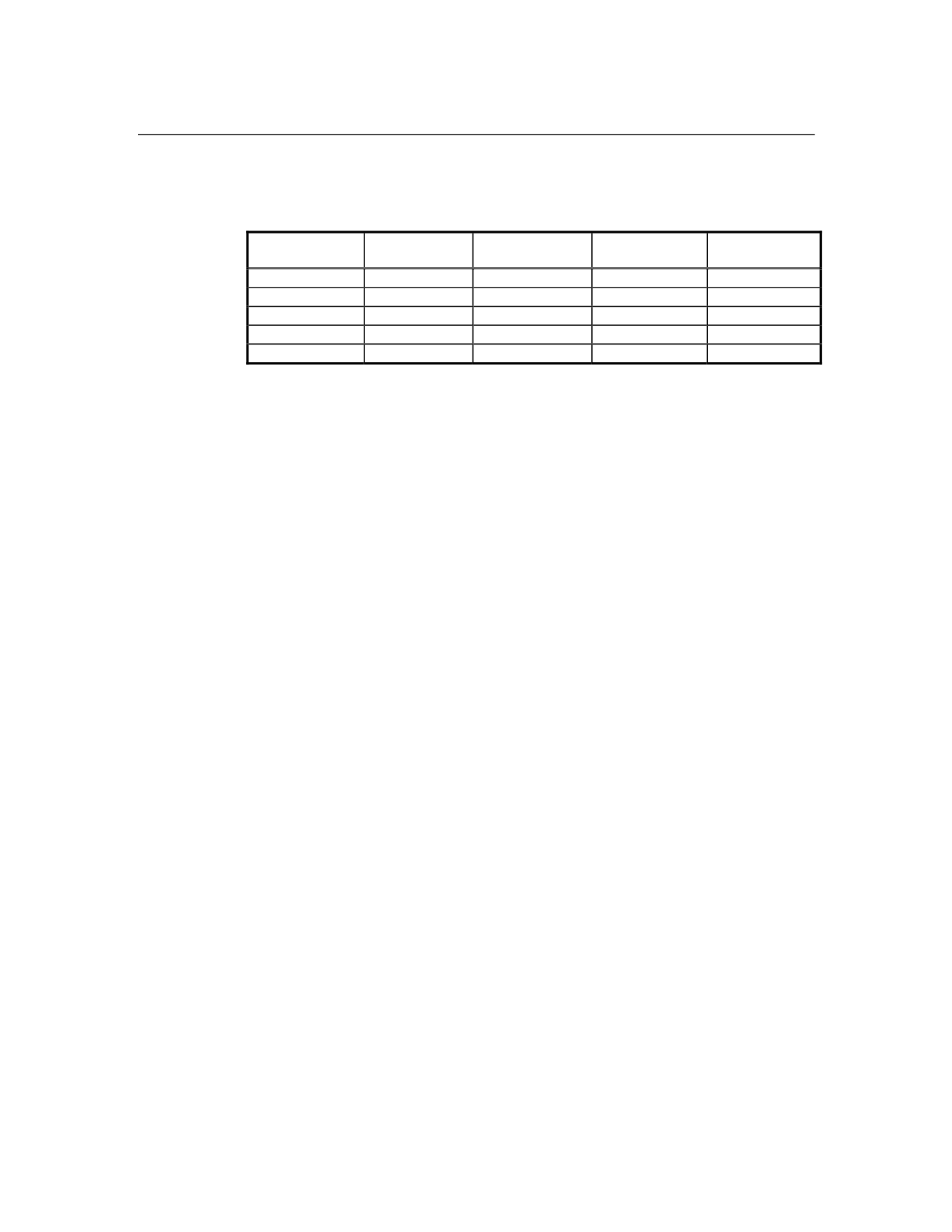
Environmental Assessment
Volume D-4.4
Process Plant
Natural Habitats and Biodiversity
Table 4.4-1 Species Richness, Endemism and Conservation Status of Flora,
Reptiles and Amphibians, Birds and Fish in the Toamasina Local
Study Area
Class
Species
Richness
Number of
Endemics
IUCN
Species
CITES
(a)
Species
flora
268
185
4
1
amphibians
9
8
0
1
reptiles
14
14
0
5
birds
59
37
2
5
fish
17
5
1
0
(a)
CITES = Convention on International Trade in Endangered Species of Wild Flora and Fauna.
4.4.3.2 Landscape Diversity
Currently, the landscape in the Toamasina LSA is 96% disturbed. Natural habitats
consisted of wetlands and rivers within the Toamasina LSA, while land use classes
include patches of currently disturbed wooded and non-wooded areas. Results of the
fragmentation analysis of these land cover types are provided in Table 4.4-2. The
following summarizes the results according to biodiversity potential.
•
The area of natural wetlands, which have high biodiversity potential
(Volume J, Appendix 4.1, Section 6.3.2), represents 2.5% of the LSA.
Relative to shrub lands and coastal woodlands (which also have high
biodiversity potential), connectivity is low with a mean distance to
nearest neighbour (MDNN) of 128 m.
•
According to the qualitative assessment of fauna species ecosystem
metrics (Volume J, Appendix 4.1, Section 6.3.2), agroforestry and
coastal woodland may also have high biodiversity potential in the LSA.
These habitats are also poorly represented in the LSA (proportional
combined area = 9.4%).
•
Shrub land represents the second largest contiguous portion of the
landscape in the LSA. Because of the large area, the amount of edge
associated with shrub land is also relatively high compared to other land
cover types.
•
Forested land classes (disturbed agroforest and coastal woodlands)
account for 11.4% of the terrestrial habitat in the LSA. Forested patches
are fragmented by relatively narrow areas of non-forested and wetlands
habitat.
•
Tavy comprises the largest land cover type in the Toamasina LSA
(49%).
•
Currently, rice paddies, industry and urban infrastructure are associated
with low biodiversity potential, and constitute 14.1% of the LSA.
Ambatovy Project
143
January 2006


